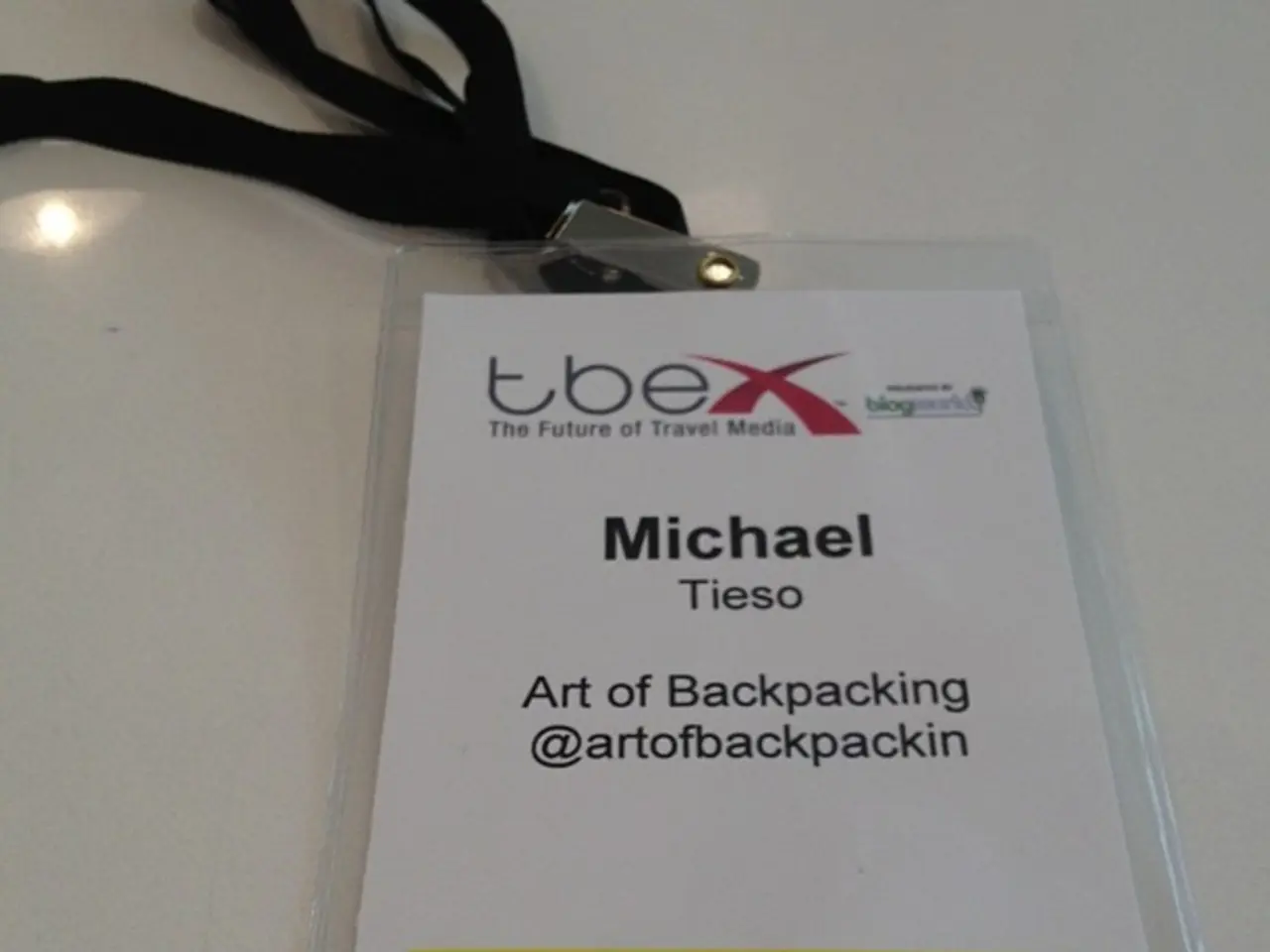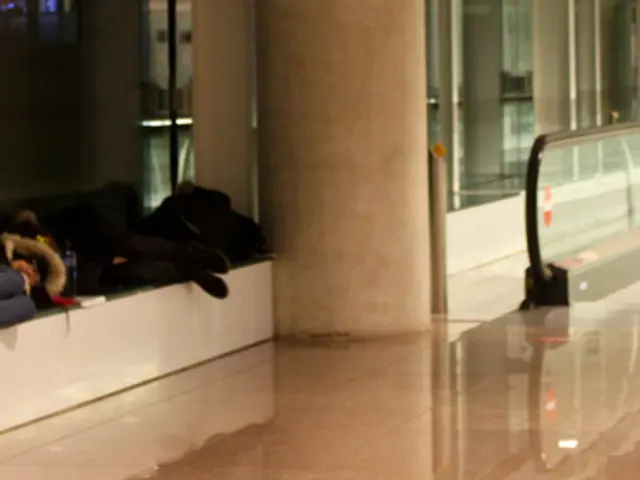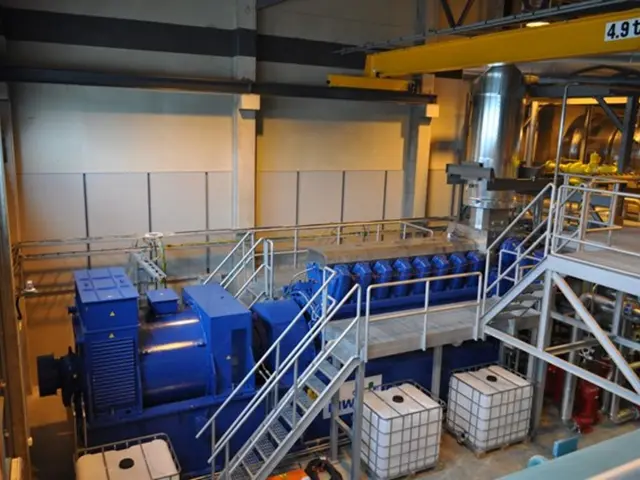Preparatory Information on Obtaining a Travel Visa for Your Upcoming World Tour
For frequent travellers or those planning extended stays, understanding the visa application process is crucial. This guide aims to provide a clear and concise overview of common visa types, requirements, and application tips.
Firstly, it's essential to note that many nations mandate that passports be valid for at least six months beyond the entry date. Approximately 30% of travelers require multiple visits for business dealings or family matters, making multi-entry permits more beneficial, potentially saving both time and hassle.
Gathering essential documentation is the first step. Compile your documents meticulously, including a valid passport, passport-sized photographs, financial statements, travel itinerary, health insurance documentation, and any additional documents requested by the consulate. Completing the application accurately is crucial. Mistakes or discrepancies can result in immediate rejection.
Monitoring your application status through the consulate's tracking system is advisable, as standard processing times vary from a few days to several weeks, depending on the destination and visa type. Completing the application online, if available, can reduce processing time. Some entities may mandate payment in local currency, presenting considerations for currency conversion fees.
Processing times for visas can vary. For instance, a Visa for India takes 5-7 business days, while a Schengen Visa can take up to 15 days. Always verify the exact application fee and preferred payment methods. Handling application fees and payment methods carefully is crucial to avoid hidden fees and delays.
It's important to be aware of common visa types and their general requirements. The most common visa types for international travel include tourist visas, transit visas, business visas, work visas, student visas, residence or immigrant visas, national long-stay visas (D Visa), and working holiday visas. Each visa type has specific requirements, such as proof of purpose of travel, business invitations, admission letters, employment contracts, and sponsorship or family ties.
In summary, visa requirements usually involve providing documentation related to the visa purpose, such as travel itinerary for tourists, business invitations for work-related visits, admission letters for students, employment contracts for workers, and sponsorship or family ties for immigrant visas. Additional requirements often include valid passports, proof of financial capacity, health insurance, and sometimes background checks or biometric data depending on the issuing country.
Preparing for a visa interview is crucial. Dress appropriately, arrive early, and stay calm and confident during the interview. Follow up on your application status to stay informed and avoid last-minute troubleshooting. Encourage someone proficient in documentation to review your application. Consider the option of using a visa service, especially if the paperwork is overwhelming.
For added convenience, consider options such as flights from SFO to Malaga, Spain, connecting travel plans effectively. Gather necessary documents well in advance, including a valid passport, bank statements, proof of accommodation, and travel itineraries. Be aware of processing times, which can vary significantly; some types can take weeks or even months. Around 50% of visa applications are rejected due to insufficient documentation. Utilize online resources that aggregate information about various visa types to help identify the right category for travel.
Country processing times and application fees can vary significantly. For example, the United States charges $160 for a tourist visa, while the Schengen Area charges €80. Preferred payment methods depend largely on the consulate or embassy. Most accept online payments via credit or debit cards, bank transfers, or e-wallets like PayPal. Some embassies require several weeks to process applications, so it's advisable to submit your application well in advance.
Lastly, keep track of changes in visa policies, as many countries have adapted their entry requirements in response to global happenings, such as pandemics or security concerns. Thorough research into visa types is crucial to ensure compliance with regulations and minimize delays. Practice common questions asked during interviews to increase your chances of approval. Emphasizing attention to detail in your documentation can significantly enhance your chances of approval.
[1] U.S. Department of State. (2021). Visa Services and Information. Retrieved from https://travel.state.gov/content/travel/en/legal/visa-law0/visa-bulletin/2021/visa-bulletin-for-july-2021.html [2] European Union. (2021). Schengen Visa Application. Retrieved from https://www.schengenvisainfo.com/ [3] U.K. Government. (2021). Visa Application Process. Retrieved from https://www.gov.uk/apply-visa-uk [4] Government of Canada. (2021). Temporary Resident Visa. Retrieved from https://www.canada.ca/en/immigration-refugees-citizenship/services/visit-canada/temporary-resident-visa.html [5] Australian Government. (2021). Visa Application Process. Retrieved from https://immi.homeaffairs.gov.au/visas/getting-a-visa/visa-listing/apply-online/how-to-apply/visa-application-process
- A well-planned lifestyle might incorporate frequent travel, which necessitates being aware of the necessity for multi-entry permits, especially for those engaging in businesses or family matters that necessitate multiple visits.
- For travelers who wish to immerse themselves in different cultures, working holiday visas offer an excellent opportunity to explore a destination while supplementing personal finances with temporary employment, enhancing their overall travel experience.








